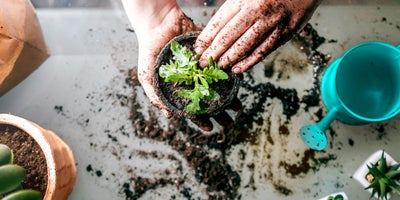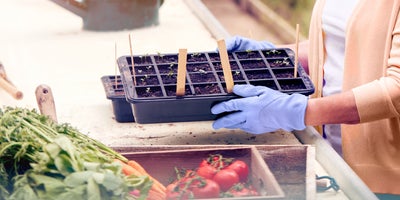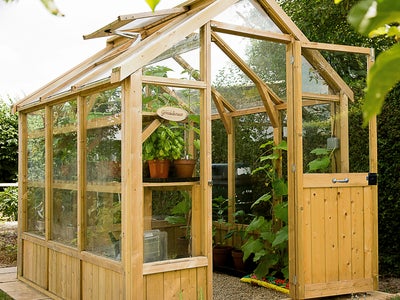Good reasons to use a greenhouse

Greenhouses offer a unique and rewarding way to garden year-round. Not only do they provide a controlled environment to cultivate plants and flowers, but they can also be used to extend the growing season. The controlled climate of a greenhouse protects plants from damaging weather, pests, and other environmental hazards, allowing gardeners to maintain lush and vibrant plant life no matter what the season. It doesn’t have to be anything overly ambitious either; even the smallest, unheated structure will produce good crops of all sorts of different fruits and vegetables. Growing your own food is better for your wallet, it’s better for the planet and approaching springtime is the best time to do it.






